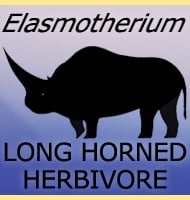Theosodon
In Depth Theosodon was probably a lot like a llama in appearance, however it was not actually related to this group of mammals (the Camelidae) but instead was a litoptern mammal, the dominant group of mammals in South America before it became joined to North America. This is a case of convergent evolution where even … Read more
